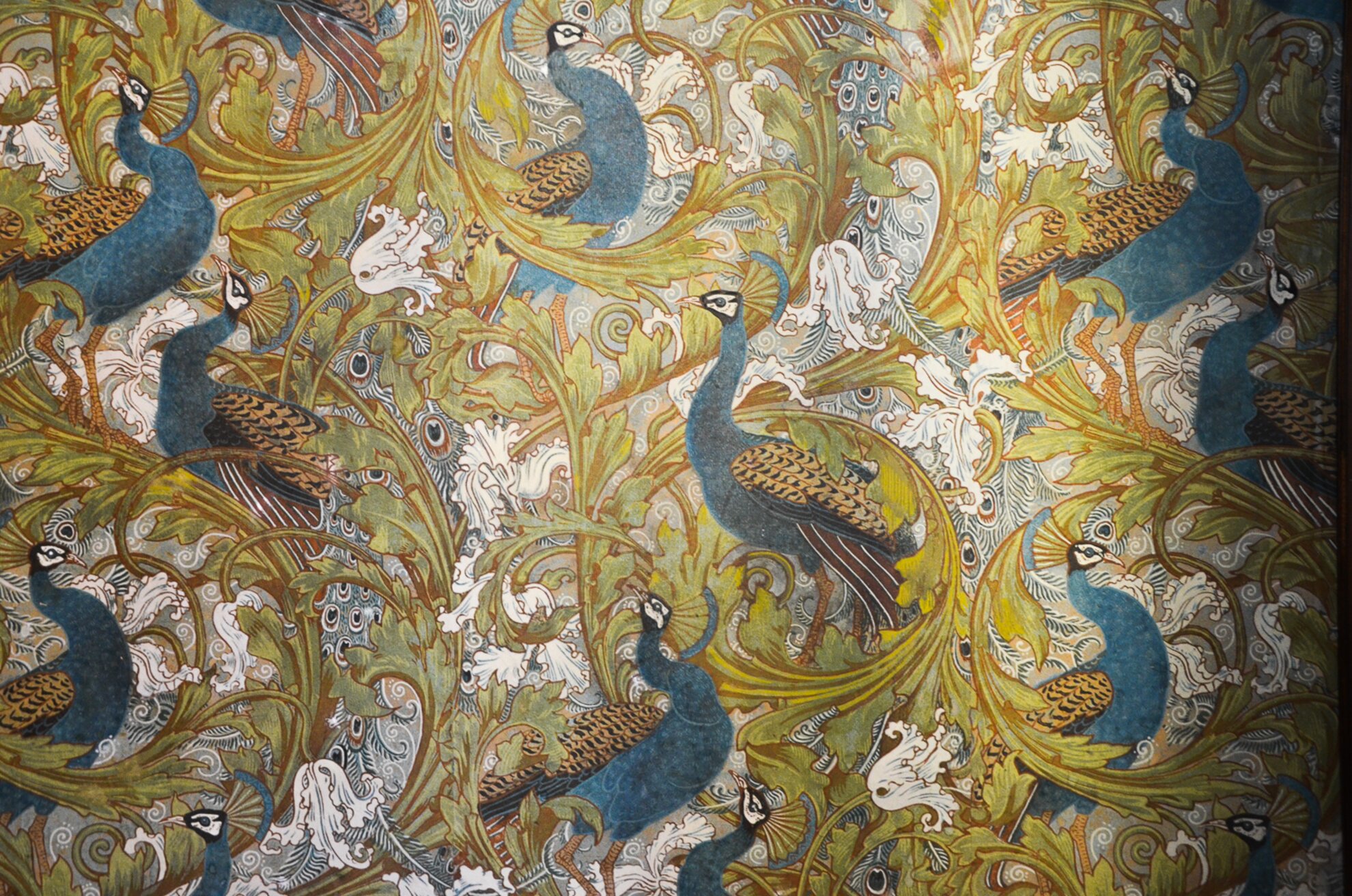Unveiled in 1896 as part of the Magyar Millennial celebrations, Budapest’s Museum of Applied Arts was one of the first of its kind, as well as arguably the finest example of work by Hungarian Art Nouveau master, Ödön Lechner. In the autumn of 2017, the doors closed on this iconic landmark by the Grand Boulevard for a timely major reconstruction to take place.
Thousands of museum artefacts have been relocated to a warehouse in Kőbánya in industrial south Pest, and now the professional removal of the special artworks embedded in the building is taking place, often surprising the restorers working here.
As well as the fabrics, furniture, ceramics and glassware since transported for storage, many works of art are part of the building itself, benches, wells, door handles, wallpaper, ceilings, lamps and taps. The focus now is to remove these without any damage being caused while construction goes ahead.
Wherever they go, some historic artefact turns up somewhere. According to MAA director Zoltán Cselovszki, the museum is like a magic castle with eras and memories piled one on top of the other. The hallway wall in the director’s in-house residence was decorated with colourful, so-called Peacock Garden wallpaper, put up by his predecessor, Jenő Radisics (1896-1917). Inspired by the British Arts and Craft Movement, the driving force behind the flowering of Art Nouveau in the late 1800s and early 1900s, the paper covering had been cut especially for this space, the roll extending for exactly 11 metres.
As site workers cannot guarantee 100% protection of this artwork during the renovation process, the wallpaper is likely to be removed so that it can be restored externally, section by section. Once returned to the building, it will be housed either in its original location or as part of a permanent exhibition on the history of the building, the Art Nouveau Salon, installed in the director’s former living quarters.
In order to protect these kinds of artworks, it is common practice to remove wallpaper with the plaster attached. Before you do that, of course, you have to experiment with which kind of protective layer to cover it with, to keep it intact without losing its colour. Though the wallpaper is beneath layers of gauze, a closer look still reveals the shapes of peacocks. In the course of the work, after removing the lower wooden wall protectors, more historicist wallpaper appeared, butterfly-embossed, around the chimney opening, but unfortunately it was badly damaged.
The general guidelines for renovation is to restore buildings to their fullest extent within their own historic spaces where possible, but this can take up to two years, with more onerous financial implications. Quite often, the elements that have survived are not the original ones, as in the case of glass hall, whose snow-white interior is, as far as we know, a later one. Although high-resolution photographs in the Budapest collection of the Ervin Szabó Library have helped with the renovation, all are black-and-white, the exact colours were nowhere to be found.
Meanwhile, another treasure was uncovered on the first floor, an entire colourful pattern created by Lechner, a small piece of which was put on display alongside a replica at the ceremonial hall of Bethlen Castle in Alsórákos in 2018. The ceiling was painted over white between 1923 and 1927, but a gypsum copy had been created in 1915, thus preserving its original form. Careful arranging of the artwork by the museum staff of the day also helped.




